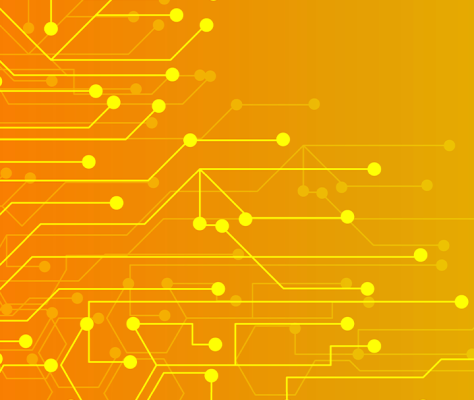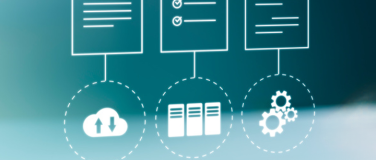MuleSoft is thrilled to announce our first feature release for Anypoint DataGraph since it GA-ed last June. Anypoint DataGraph allows customers to innovate faster by consuming data from many APIs in a single request.
It accelerates the development process and eliminates the need for custom code to parse through long responses. By combining the ability to quickly unify APIs together into a single endpoint with an easy to use, no-code experience, users can begin their GraphQL journey faster than ever.
Anypoint DataGraph feature release
This latest release introduces mutations, automatic persisted queries, dynamic cache-control and CDN caching, and support for additional authentication methods for source APIs for the users. It will be the first of many releases in our feature-packed 2022 roadmap, and will help pave the way toward a visionary GraphQL solution for federating APIs.
Mutations
We are giving users more flexibility with how they interact with the data stores within their datagraph. With the addition of mutations, users will not only be able to fetch data from linked APIs, but create and modify it as well.
Expanding the power of the unified schema:
- Create and modify data from a single GraphQL API of the unified schema (datagraph).
- Leverage existing HTTP CRUD operations for mutations
Jumpstart your mutation writing skills or check out the documentation of elements in an API schema for more details on this feature.
Automatic Persisted Queries and CDN Caching
We are continually working to improve the Anypoint DataGraph user experience, and part of that revolves around the speed at which users can retrieve data. To improve performance and decrease potential bottlenecks in your network traffic, users can now use a content delivery network (CDN) to cache the result of a GraphQL query through automatic persisted query.
These cached results would live close to the “edge” of the network – that is, close to the region the user is in – and would be delivered much faster than it would have required to do a full roundtrip to the DataGraph server. Learn about using Automatic Persisted Queries and Content Delivery Networks with Anypoint DataGraph for more details on these features.
Authentication
Anypoint DataGraph now also supports both OAuth 2.0 Client Credentials and mutual authentication (mTLS). This allows users to authenticate to their source APIs securely both at the transport layer and the application layer. Read up on Anypoint DataGraph Security documentation for more details on these authentication methods.
Want to learn more? Join us at TrailblazerDX for a demo of all the features above and more!









